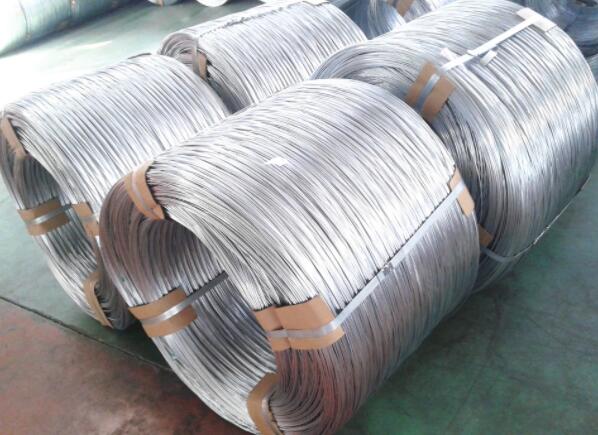Designing the Perfect Quail Cage Key Considerations
When it comes to raising quail, providing an appropriate habitat is essential for their health and productivity. Quail are small birds that require specific space and environmental conditions to thrive. Designing an effective quail cage involves several considerations, including size, ventilation, materials, and accessibility.
Size and Space
The size of the quail cage plays a crucial role in the well-being of the birds. For indoor cages, a common recommendation is to provide at least 1 square foot of space per bird. This allows them to move around comfortably, which is important for their physical health. It's vital to keep in mind that quails are ground-dwelling birds, so the design of the cage should ensure adequate floor space for them to roam.
For breeding purposes, larger cages can accommodate more birds while still ensuring a stress-free environment. If you are raising different breeds, consider separating them into distinct cages to avoid aggression and maintain health. Additionally, ensure that the cage height allows for natural behaviors such as stretching and jumping without constraint.
Ventilation
Proper ventilation in a quail cage is another critical aspect of design. Quails require fresh air circulation to prevent the buildup of ammonia from droppings, which can be harmful to their health. A well-ventilated cage can also help regulate temperature and humidity levels, keeping your birds comfortable.
To enhance airflow, consider using wire mesh for sidewalls while ensuring the gaps are small enough to prevent escapes and protect against predators. Additionally, including adjustable vents can help you fine-tune air circulation according to changing weather conditions.
quail cage design

Materials
The materials used to construct the cage significantly influence its durability and safety. Wire mesh is standard for the cage walls and roof because it provides visibility and airflow while keeping predators out. However, the flooring is also an important consideration. Use a material that allows droppings to fall through but is comfortable for the quails. Options include wire mesh with a solid bottom layer or slatted designs that support their weight.
It's also important to use non-toxic materials. Avoid treated woods or plastics that can release harmful chemicals. When sealing the wooden parts, make sure to use safe, animal-friendly products.
Accessibility and Maintenance
An effective quail cage design should facilitate easy access for feeding, watering, and cleaning. Adding hatches or doors allows for effortless entry while minimizing stress to the birds. Waterers and feeders should be placed in areas where they can be easily refilled without needing to enter the cage too frequently.
To maintain hygiene and prevent disease, regular cleaning is vital. Designing the cage with removable trays or easy-to-clean surfaces will simplify the maintenance process.
Conclusion
In summary, designing a quail cage requires careful planning and considerations. By focusing on size, ventilation, materials, and accessibility, you can create a comfortable and safe environment for your quail. A well-designed cage not only promotes the health and well-being of the birds but also enhances your overall experience as a quail keeper. With the right design, you’ll be well on your way to raising happy and healthy quail.

















